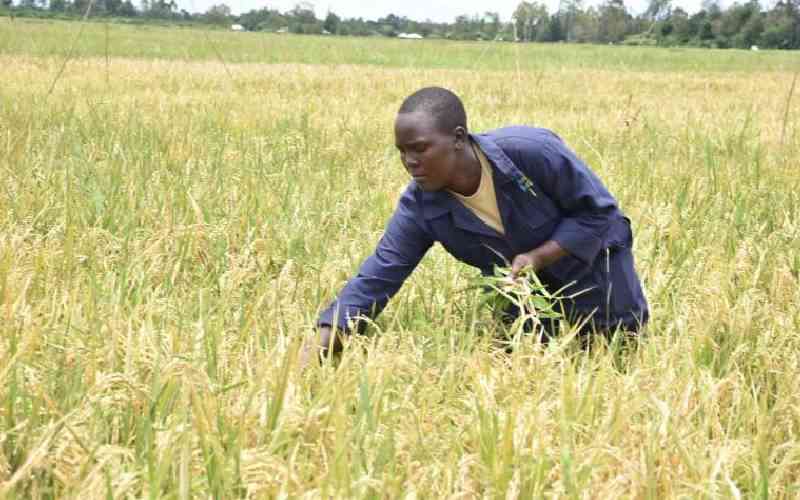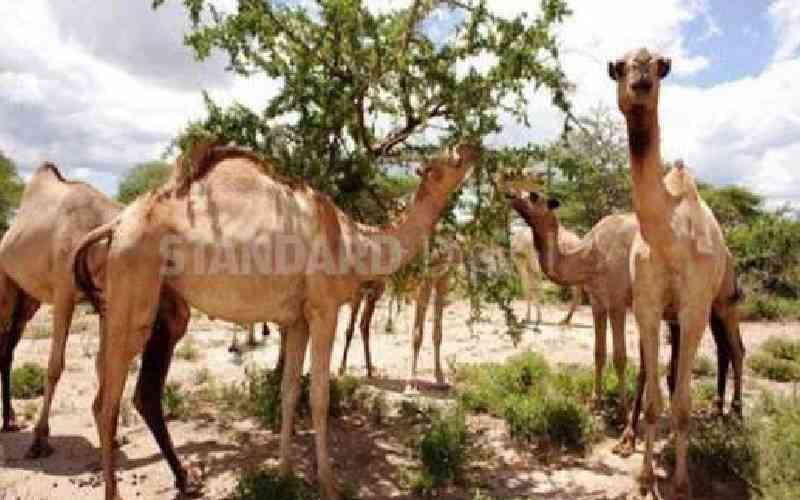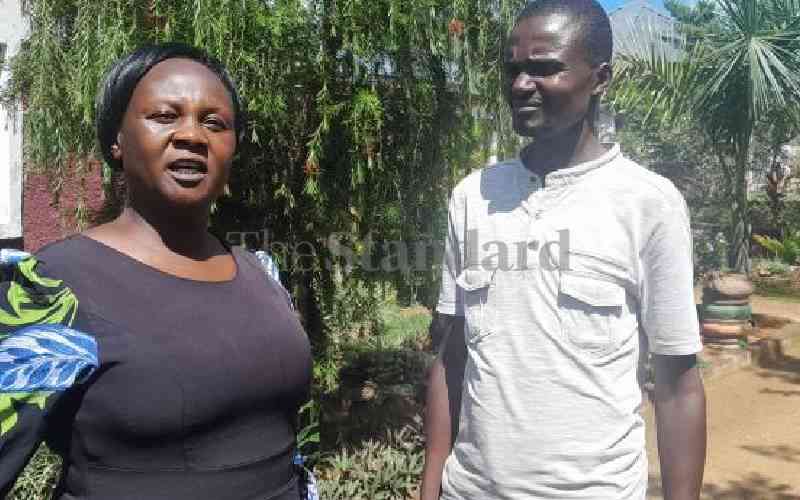By Patrick Beja
Sea farms have been introduced in the South Coast and the venture could earn local farmers Sh40 million a year.
Kenya Marine and Fisheries Research Institute (KMFRI) is developing commercial seaweed farming to boost the incomes of residents following a decline in fish stocks.
KMFRI Programme Co-ordinator Betty Nyonje said 300 farmers could be placed under the initial seaweed-farming project.
According to Dr Nyonje, seaweed extracts such as carragenean and agar are used as thickeners and homogenisers in pharmaceutical, food and cosmetic industries.
"Seaweed farming has been identified as a good prospect for social and economic development of coastal areas. It is aimed at diversifying livelihood opportunities for poor fishing communities whose source of income have been seriously put at risk by diminished capture fisheries," said Nyonje.
The first model farm has been developed at Kibuyuni, a seaside village with 1,500 people. Other sites are Mkwiro in Wasini Island with 1,000 people, Funzi with 1,000 inhabitants and Gazi with 15,000 residents.
Nyonje said the first nursery has been developed in Kibuyuni while other seeds would be brought from nearby Zanzibar where such farms were established 20 years ago.
liberalised market
The seedlings are tied with strings on the seabed and harvesting is done in six weeks. A ready buyer, Zanque Aqua Farms of Zanzibar is working with the local farmers but the seaweed market could be liberalised once fully developed, say the researchers. It is mainly exported to America where the demand has increased.
Seaweed farming is an economic opportunity to many coastal communities.
"A model farm has 15,000 seedlings for all three farming techniques. Each crop is harvested in six weeks," explained Nyonje. From each model farm, one metric tonne of dry seaweeds is harvested after every six weeks, making eight to 10 harvests a year. A metric tone of produce at current market rates costs Sh12,000.
Two strains of the seaweed known as Kappaphycus alvarezi (cottonii) and Euchuma denticulatum (spinosum) are available at the south Coast.
Nyonje explained that they would map out more suitable sites to grow the seaweed including the North Coast.
S Nyonje said Madagascar has also started seaweed farming.
Stay informed. Subscribe to our newsletter
 The Standard Group Plc is a
multi-media organization with investments in media platforms spanning newspaper
print operations, television, radio broadcasting, digital and online services. The
Standard Group is recognized as a leading multi-media house in Kenya with a key
influence in matters of national and international interest.
The Standard Group Plc is a
multi-media organization with investments in media platforms spanning newspaper
print operations, television, radio broadcasting, digital and online services. The
Standard Group is recognized as a leading multi-media house in Kenya with a key
influence in matters of national and international interest.
 The Standard Group Plc is a
multi-media organization with investments in media platforms spanning newspaper
print operations, television, radio broadcasting, digital and online services. The
Standard Group is recognized as a leading multi-media house in Kenya with a key
influence in matters of national and international interest.
The Standard Group Plc is a
multi-media organization with investments in media platforms spanning newspaper
print operations, television, radio broadcasting, digital and online services. The
Standard Group is recognized as a leading multi-media house in Kenya with a key
influence in matters of national and international interest.








